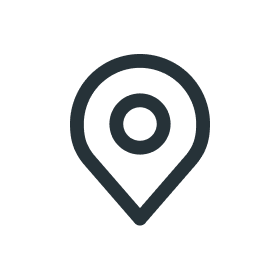Product name
Potato salad, packaged, at consumer
Reference flow
1 kg of packaged product
System boundaries
The life cycle analysis is from cradle to grave and include the following phases: raw materials (ingredients), packaging, transport of raw materials and packaging, production of potato salad, distribution, consumption and waste management and recycling of packaging waste.
The reference flow is defined as 1 kg of packaged product (product weight) to the consumer.
Wastes and end-of-life
The amount of waste from the production site was not included in the analysis as it was assessed to be very low.
Disposal of consumer packaging is based on the average waste system for household waste for 2019 reported by Grønt Punkt Norway, 2020, plastic: 23.5% material recycling, 76,5% combustion with energy utilization.
Use advice of the dataset
It is important to remember that if this dataset represents potato salad produced in Scandinavia and if used as a proxy for potato salad produced elsewhere it is important to note that the dataset may not be representative for that region. Ecoinvent 3.8 (cut-off by classification) and Agrifootprint 5.0 is used for the background data.
Technology description
Several raw materials are included in potato salad production, each of which has its own production process and is transported to the production site in Norway. Specific datasets were produced for some ingredients and for others Agrifootprint and Ecoinvent were used. The type of transport depends on where the raw material is produced. Production and transport of packaging is also included. In the manufacturing of potato salad, energy is used to process the raw materials for the salad, which is packaged and distributed to wholesale, retail and consumers. The consumption phase includes transport from retail to consumer and standard values from PEFCR Dairy Products; 62% drive 5 km by passenger car, 5% drive 5 km by van and 33% either walk or cycle and have no impact. Electricity for cooling of the product in the household is included. Disposal of consumer packaging is based on the average waste system for household waste, food waste not included.
Quality level
Good
Location
Norway
Geographical representativeness description
Representative for Norwegian production of potato salad
The data quality and representativeness are good for most processes. Data from Ecoinvent, Agri-footprint and WorldFood Database have been used where it has not been possible to obtain specific information. These two databases can have quite different results for some processes and a thorough assessment has been made when choosing a process. In general, ecoinvent data has been used for chemicals and energy. For agricultural products, Agri-footprint has more precise data at, for example, crop level when compared with FAO statistics.
Specific data is used for the amount of raw materials, amounts of packaging material and for the production process.
Quality level
Good
Reference year
2020
Time representativeness description
The reference year for the potato salad production process is 2020. For upstream and downstream processes, the time representativeness varies, as Ecoinvent 3.8, Agrifootprint 2.0 and World Food Database, has been used.
Time quality level
Very good
LCI method principle
This life cycle analysis is in line with ISO standards 14040-44 and 14025. The main principles of Product Environmental Footprint Category Rules (PEFCR) for Dairy Products (European Dairy Association, 2018) and Product Environmental Footprint Category Rules (PEFCR) Feed for food producing animals has been followed since there are no separate product-specific rules (PCR) for potato salad.
Cut off for mass or energy flows
Cut off for raw materials below 1% by weight of the product
Data collection period
2020
Data set generator
Anna Woodhouse, Erik Svanes
Access and use restrictions
NORSUS report OR.01.22 (Closed)












